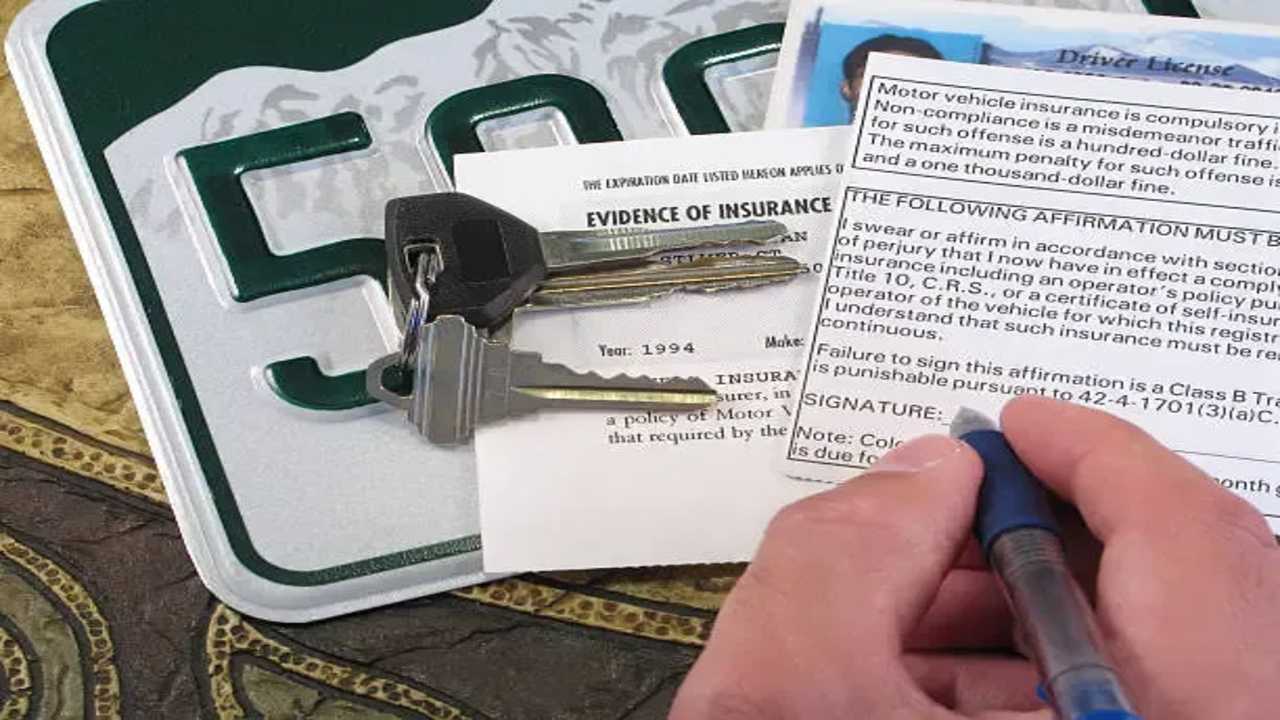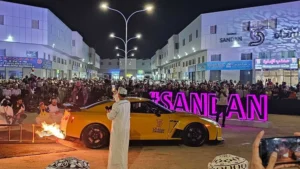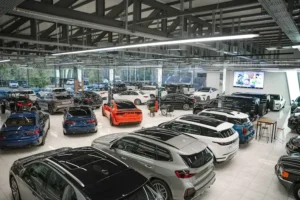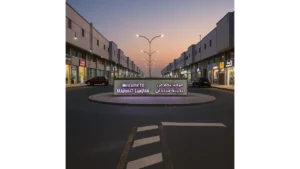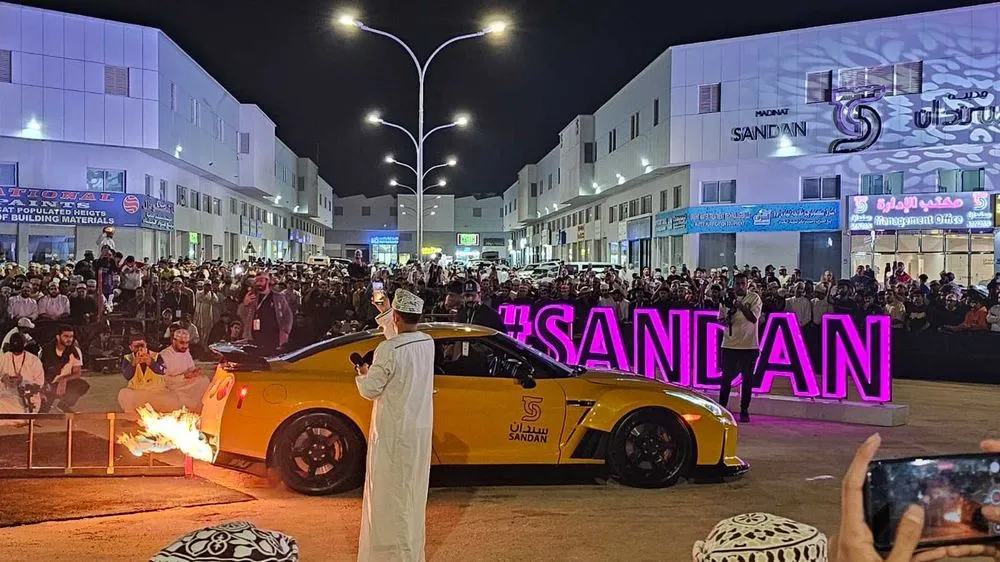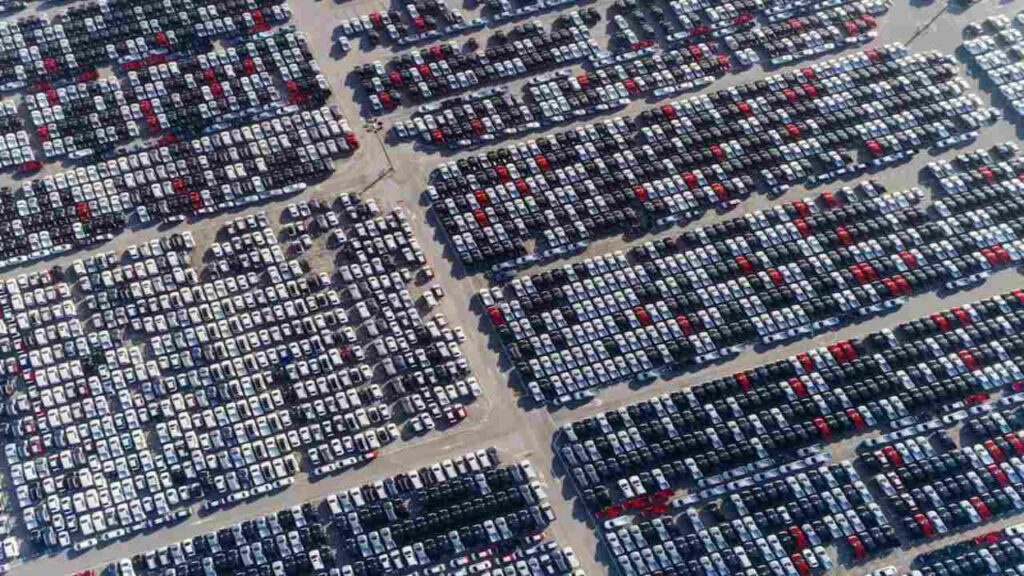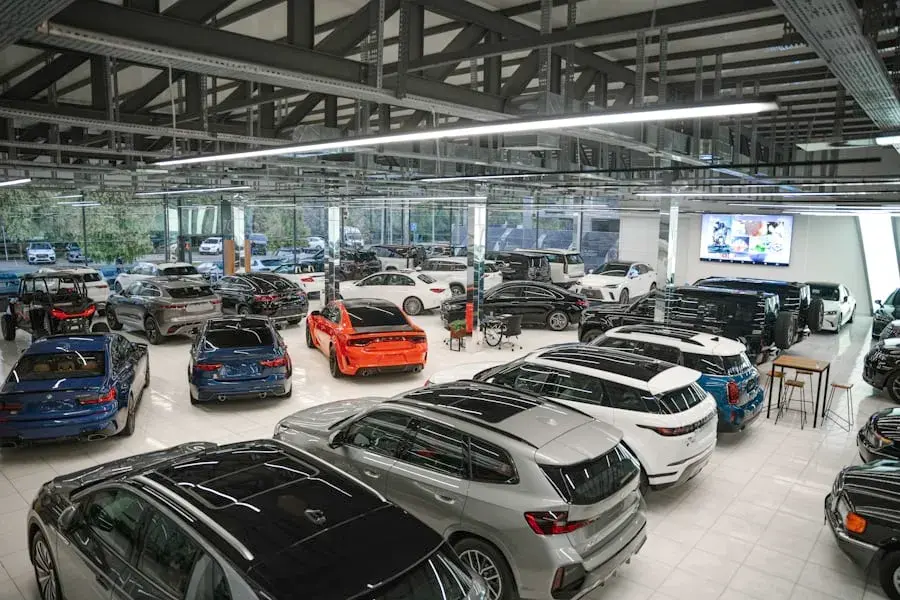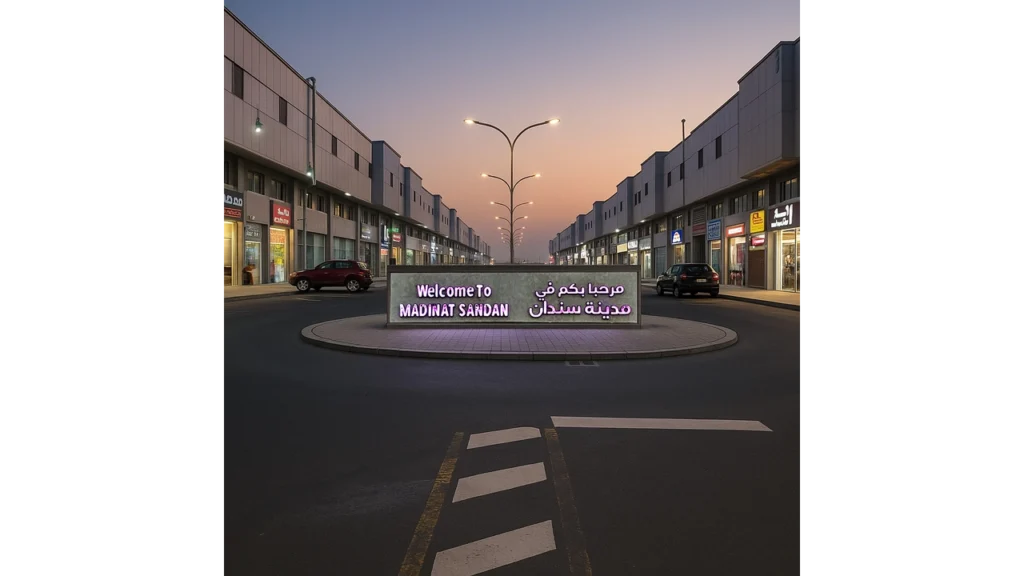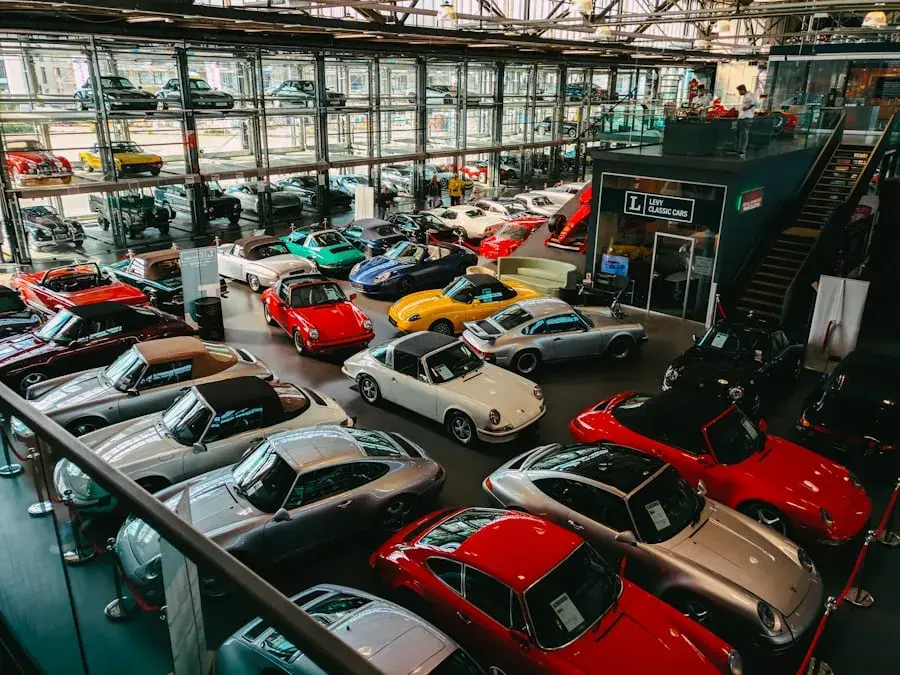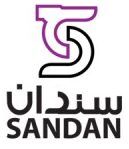Introduction
Running a used-car lot is 90 % about finding the right cars at the right price, and in the Gulf that means knowing exactly where to source used-car inventory across the GCC. Dubai’s weekday auctions, Saudi’s government fleet liquidations, and even on-your-doorstep trade-in streams in Oman all look tempting—but each source comes with its own fees, paperwork, and transport math. If you’ve ever wondered why one dealer lands late-model Camrys hundreds of rials cheaper than the next, it’s because they understand these channels inside out. By the end of this guide you will, too.
TL;DR – five shortcuts before you start bidding
- Dubai’s Copart and Emirates Auctions charge buyer fees of 5–10 % but clear cars through Jebel Ali in three days.
- RTA fleet sales issue an export plate in 24 hours for a flat 500 AED—perfect for 2- to 4-year-old sedans with full history.
- Saudi TAA auctions carry the lowest premium—2 % plus 575 SAR—but add 140 OMR for Batha→Sohar trucking.
- Japanese USS imports work if you’re chasing niche models; add 1 % duty and a three-week Ro-Ro sail to Jebel Ali.
- Sandan’s own trade-in API offers zero buyer fee, a 200-point inspection, and retail-ready units in five days.
Table of Contents
Why sourcing inside the GCC usually beats importing from Europe
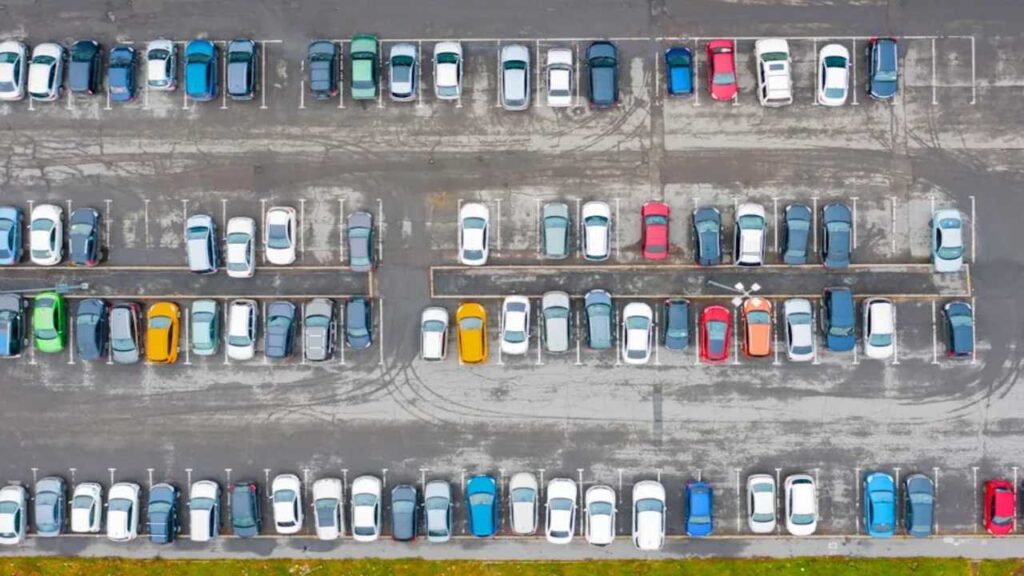
Late-model Gulf cars roll off the block already left-hand drive, built with bigger radiators and tropical-grade A/C units, and they come with Arabic-or English-language service books that local databases (RTA Dubai, SAHER Saudi, ROP Oman) can verify in seconds. By the time you add European inland trucking, EU export paperwork, deep-sea freight and Oman’s 10 percent duty for non-GSO vehicles, a three-year-old VW Golf shipped from Hamburg lands in Muscat about 12 percent more expensive than an equivalent GCC-spec car bought at a Dubai auction and moved by Ro-Ro to Sohar . The local unit also clears ROP inspection faster because headlights, emissions gear and VIN formatting already match Gulf rules. Translation: less re-conditioning, quicker time-to-cash, and fewer warranty headaches.
Quick-compare table – eight reliable GCC inventory channels
| Source channel | Typical age / km | Buyer fee | Paperwork speed | Best-fit use |
| Copart UAE online | 3-6 yr / 80–160 k | 5–10 % | 3 days | Parts cars, budget stock |
| Emirates Auction live | 2-5 yr / 50–120 k | 3–7 % | 2 days | Retail-ready sedans & SUVs |
| RTA fleet sales (Dubai) | 2-4 yr / 60–120 k | 500 AED flat | 24 h | Low-km cars with full history |
| Sharjah industrial yard cash deals | 4-8 yr / 100–200 k | None (haggle) | Same day | Quick-flip bargains |
| Saudi TAA government auctions | 4-6 yr / 90–180 k | 2 % + 575 SAR | 5 days | Bulk wholesale lots |
| Abu Dhabi gov-fleet liquidations | 3-5 yr / 80–140 k | 750 AED flat | 3 days | Mid-size sedans, SUVs |
| Japan USS → Jebel Ali digital lane | 5-7 yr / 50–100 k | 70 000 JPY agent | 21-day sail | Niche kei cars, hybrids |
| Sandan trade-in API (Oman) | 1-5 yr / 40–140 k | 0 % | Instant | Retail-ready, warranty OK |
Each row shows why you might love—or skip—a channel. Need accident-repair donors? Copart’s salvage grades work. Want showroom-ready SUVs with service books? RTA fleet sales or Sandan’s trade-ins deliver faster and with lower recon costs.
Channel 1 — Dubai & Sharjah auctions: Copart, Emirates, and the industrial yards
Copart UAE and Emirates Auction run online bidding Monday to Friday, with live lanes most Saturdays. Register on either site, wire a refundable 5 000 AED deposit, and you’re cleared to bid the same day. Expect buyer premiums of 5–10 percent on hammer price and a 350 AED export-document fee. Once you win:
- Pay the invoice within 48 hours—bank transfer or UAE credit card.
- 2.Apply online for an RTA export plate (110 AED, good for seven days)
- Drive or tow to Jebel Ali’s Ro-Ro berth; sailings to Sohar depart Tuesday, Thursday, and Sunday and cost about 180 OMR per unit.
- File a Bayan declaration before the ship docks—GCC-spec cars clear at 0 percent duty, non-GSO at 1 percent.
Typical timeline: bid on Monday, car lands in Sohar Friday morning, and you can display it in Muscat Monday after ROP road-worthiness.
Tip: Emirates Auction grades 3.5 and above usually need nothing more than a polish; grab those if you want quick retail flips. Salvage grades ≤ 3 mean bumper, lamp, or radiator work—budget accordingly.
Channel 2 — Saudi government & fleet liquidations (TAA)
The Saudi Authority for Accredited Valuers (TAA) posts bulk lots—often 50 to 200 cars—two weeks before hammer day. Buyer premium is a lean 2 percent plus a flat 575 SAR admin, making it the cheapest fee structure in the Gulf. The trade-off is extra transport and a slightly longer paperwork cycle:
- Register at auctions.taqeem.gov.sa, place a 10 000 SAR bank guarantee.
- Win the lot, pay within three business days.
- Hire a nine-car hauler (≈ 140 OMR) for the 1 500 km Batha-to-Sohar route.
- Submit a Bayan transit manifest while the truck rolls; cross the Batha border, pay 1 percent duty at Sohar if any VIN lacks a GSO sticker.
- Book ROP inspection in Seeb; clear liens and fines online if the cars were ex-government fleet.
Door-to-door runs about five days, but hammer prices can sit 10–15 percent below equivalent Dubai stock, making the wait worthwhile—especially if you’re feeding a high-volume, price-sensitive lot.
Channel 3 — Oman-based trade-ins: the fast lane with zero buyer fees
Not every great car crosses a border—many are already sitting in Muscat driveways. Sandan’s trade-in API taps that local supply: every time a retail buyer upgrades, the system spits out a real-time buy-bid based on mileage, service history, and our 200-point inspection. Cars that pass go straight to a dealer-only portal, where you:
- Log in, filter by make, age, or mileage.
- Hit “Reserve,” pay a 100 OMR refundable hold.
- Collect the car at Sandan’s Barka yard—title, Mulkiya, and cleared-lien cert are ready.
- Decide whether it needs paint-less dent repair or just a detail; our on-site re-conditioning team can turn retail-ready units in 48 hours.
With zero buyer premium, no export plates, and no border waits, your landed cost is often 8–10 percent below a similar Dubai auction unit once you count freight and fees. That makes local trade-ins the fastest way to restock when you’re short on SUVs before Eid or need low-km sedans that pass warranty underwriting on the first try.
Channel 4 — Japan USS digital lanes: niche models and kei-car specials
Japanese auctions (USS, TAA, JU) stream live feeds every weeknight. A licensed buying agent bids on your behalf, usually for a flat 70 000 JPY fee plus 600 JPY per 1 000 JPY of hammer price. Cars sail Ro-Ro from Nagoya or Yokohama to Jebel Ali—about 21 days port-to-port—and then hop the Tuesday or Thursday sailing to Sohar.
Cost snapshot on a 2018 Toyota Aqua:
- Hammer: 400 000 JPY (≈ 1 040 OMR)
- Auction/agent fees: 85 000 JPY (≈ 220 OMR)
- Ocean freight Nagoya → Jebel Ali: 600 USD (≈ 230 OMR)
- Jebel Ali → Sohar feeder: 170 OMR
- Oman duty (1 % as non-GSO): 17 OMR
- Total landed: ± 1 680 OMR—still 20 percent under equivalent GCC-spec hybrids in Muscat ads.
Japan lanes shine if you want kei cars, hybrids, or performance models you can’t source locally, but budget three weeks on the water and an extra day for headlight alignment and recall checks at ROP inspection.
Logistics & paperwork cheat-sheet – from hammer to showroom
- Export permit – RTA export plate (110 AED) for Dubai wins, or temp transit permit in Saudi.
- Freight booking – Ro-Ro Jebel Ali → Sohar (Tue/Thu/Sun) ≈ 180 OMR per car; Batha land-route hauler ≈ 140 OMR for nine cars.
- Bayan declaration – file while the vessel or truck is en-route; pay 1 % duty only if the VIN lacks a GSO sticker.
- ROP inspection – book online; bring export docs, customs receipt, and tyre invoices (≤ 2 yrs old).
- Mulkiya issue & plates – 20-minute counter visit if paperwork is clean. Drive straight to your lot or Sandan’s re-conditioning bay.
Nail this sequence and you can turn a Dubai auction win into a retail-ready Muscat listing in as little as five days.
Sandan’s 5-day re-conditioning pipeline – turn auction wins into retail gold
Day 1 – Arrival and paint-depth scan. We measure every panel with a digital gauge so hidden filler jobs jump out immediately.
Day 2 – Smart repairs. Paint-less dent removal for dings, quick bumper respray if the colour code is off.
Day 3 – Interior steam clean and ozone treatment. The car smells showroom-fresh and any lingering smoke odour is gone.
Day 4 – Warranty inspection. Our techs run a 60-point mechanical check aligned with Sandan’s one-year warranty standard.
Day 5 – Photo shoot and spec sheet. High-res images, full VIN report, and a retail price suggestion based on Muscat’s live median.
Book a re-con slot while the car is still on the truck, and most units go live on the Sandan marketplace inside a week.
Frequently asked questions
Which GCC auction really has the cheapest buyer fee?
Saudi’s TAA platform at 2 percent plus a flat 575 SAR beats everyone, but remember to add 140 OMR trucking from Batha to Sohar.
How long does border clearance take on the land route?
If your Bayan transit manifest is pre-filed and the driver carries original invoices, Batha-to-Sohar runs about 36 hours door-to-door.
Can I import left-hand-drive US cars?
Yes, but plan on 10 percent duty and a few tweaks—headlights, cluster, rear fog—before ROP passes the car.
Do Japanese imports need a Gulf (GSO) sticker?
Not if you’re fine paying 1 percent duty and selling them as non-GSO. To retail as GCC-spec you’d need a GSO label and often headlight alignment.
Conclusion
Finding the right inventory in the GCC is less about luck and more about knowing which channel fits each kind of car. Dubai’s daily auctions move metal fast, Saudi’s government lots win on low fees, Japan’s digital lanes fill niche gaps, and Sandan’s trade-in stream delivers retail-ready stock with zero buyer premium. Use the landed-cost calculator before you bid, file Bayan while the truck or vessel is moving, and book a five-day Sandan re-con slot to get cars on your lot—clean, inspected and photo-ready—within a week. Do that consistently and your margins will thank you while rivals wonder how you keep undercutting them.

